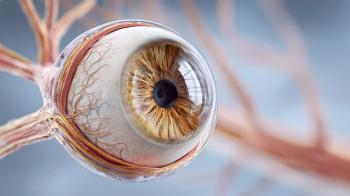
Rate of uninsured grows despite year of economic gains
Washington, D.C.-The campaign to expand healthcare coverage to all Americans took a big hit this summer. New data from the U.S. Census Bureau indicated that the population without healthcare coverage grew by more than 1 million people in 2005 compared with the previous year. Even though more individuals actually had insurance coverage in 2005 (247.3 million, up from 245.9 million in 2004), the percentage of uninsured rose from 15.6% in 2003 to 2004 to the current 15.9%.
WASHINGTON, D.C.-The campaign to expand healthcare coverage to all Americans took a big hit this summer. New data from the U.S. Census Bureau indicated that the population without healthcare coverage grew by more than 1 million people in 2005 compared with the previous year. Even though more individuals actually had insurance coverage in 2005 (247.3 million, up from 245.9 million in 2004), the percentage of uninsured rose from 15.6% in 2003 to 2004 to the current 15.9%.
The trend is particularly troubling in a year of economic growth and rising employment. The percent of uninsured had been falling in previous years after peaking at 16.3% in 1998, but now is inching back up.
Enrollment in Medicare, Medicaid and other government health programs remains steady. But the percentage and number of children without health insurance increased between 2004 and 2005; 8.3 million people younger than age 18 lacked coverage last year-a trend that reflects a slowdown in growth for state programs providing coverage for children.
A related development is that employment-based insurance continues to decrease, from 59.8% of those with coverage to 59.5% in 2005. A substantial portion of the increase in the uninsured was among working adults, aged 18 to 64 years, a trend indicating that fewer employees have access to health coverage on the job. While most large employers continue to provide benefits, many workers find health plans unaffordable because of higher premiums and copays. The push for high-deductible plans and health savings accounts does not seem to address these problems, as broad coverage mandates set by states continue to make coverage costly in many areas.
Newsletter
Get the latest industry news, event updates, and more from Managed healthcare Executive.






















































